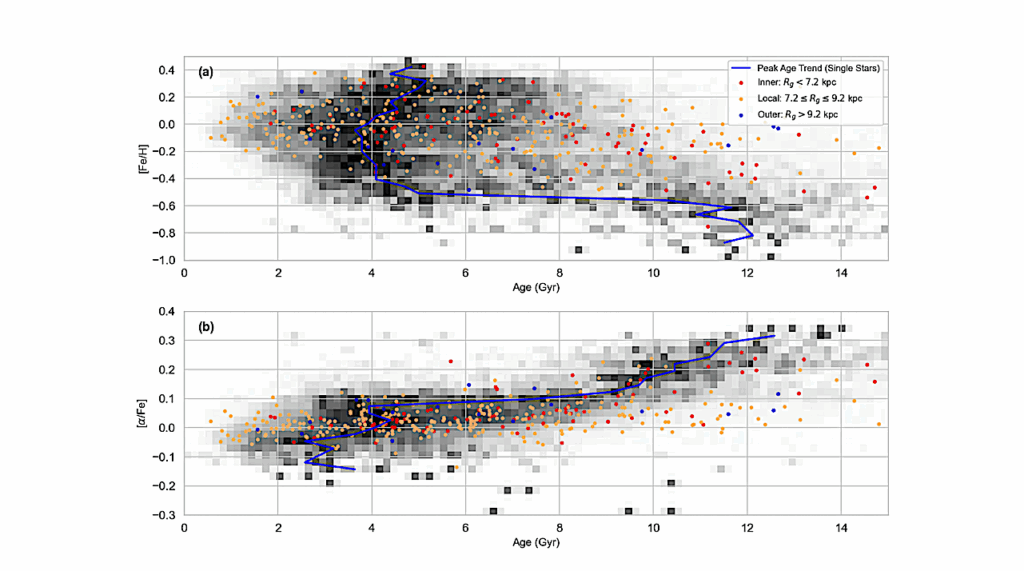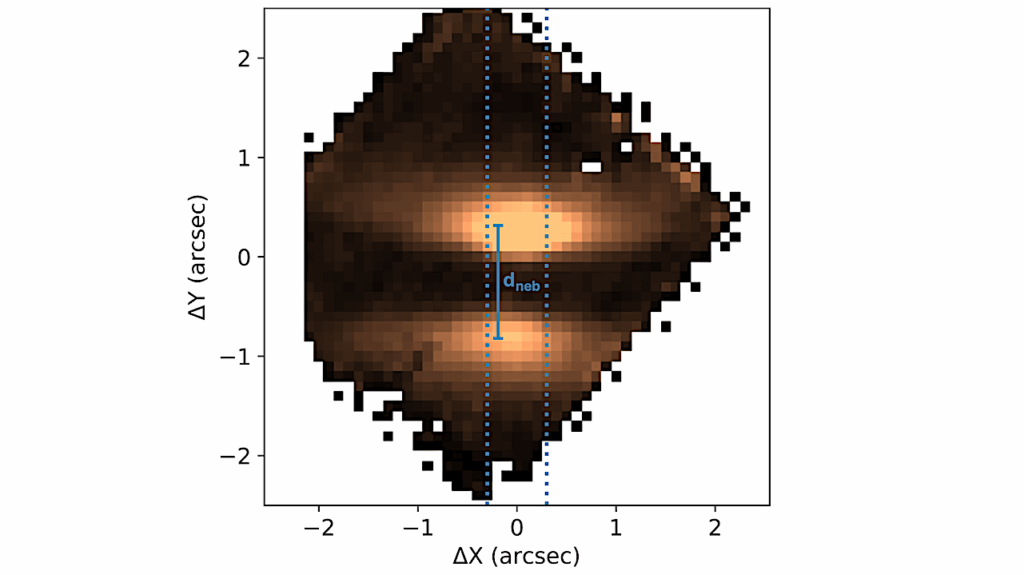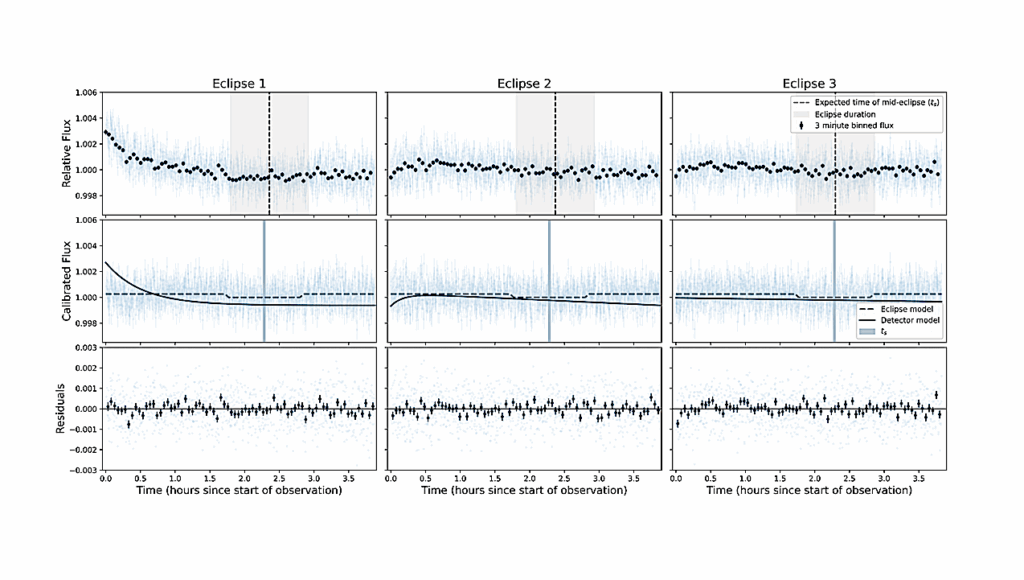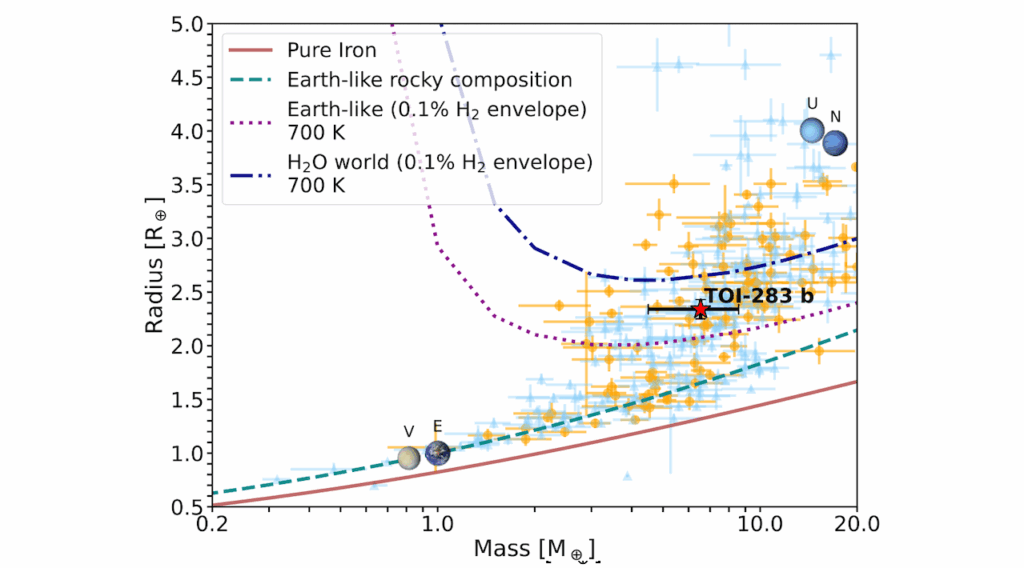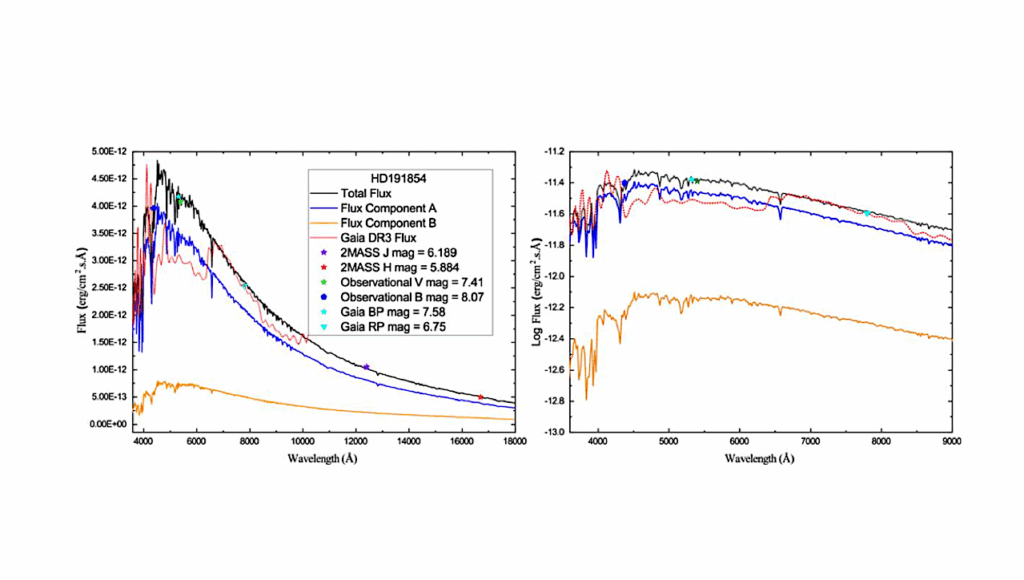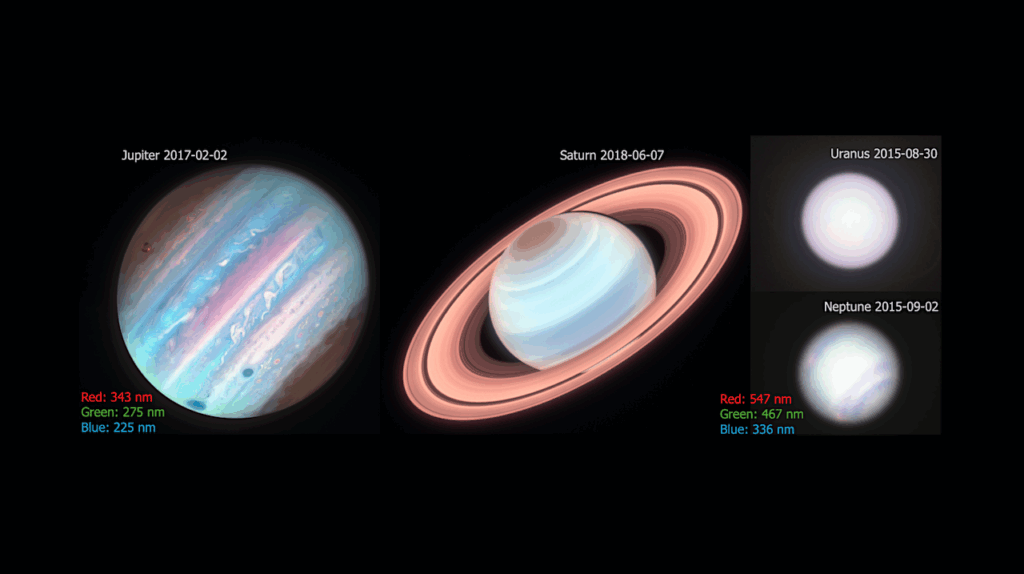Reduced Late Bombardment On Rocky Exoplanets Around M-dwarfs
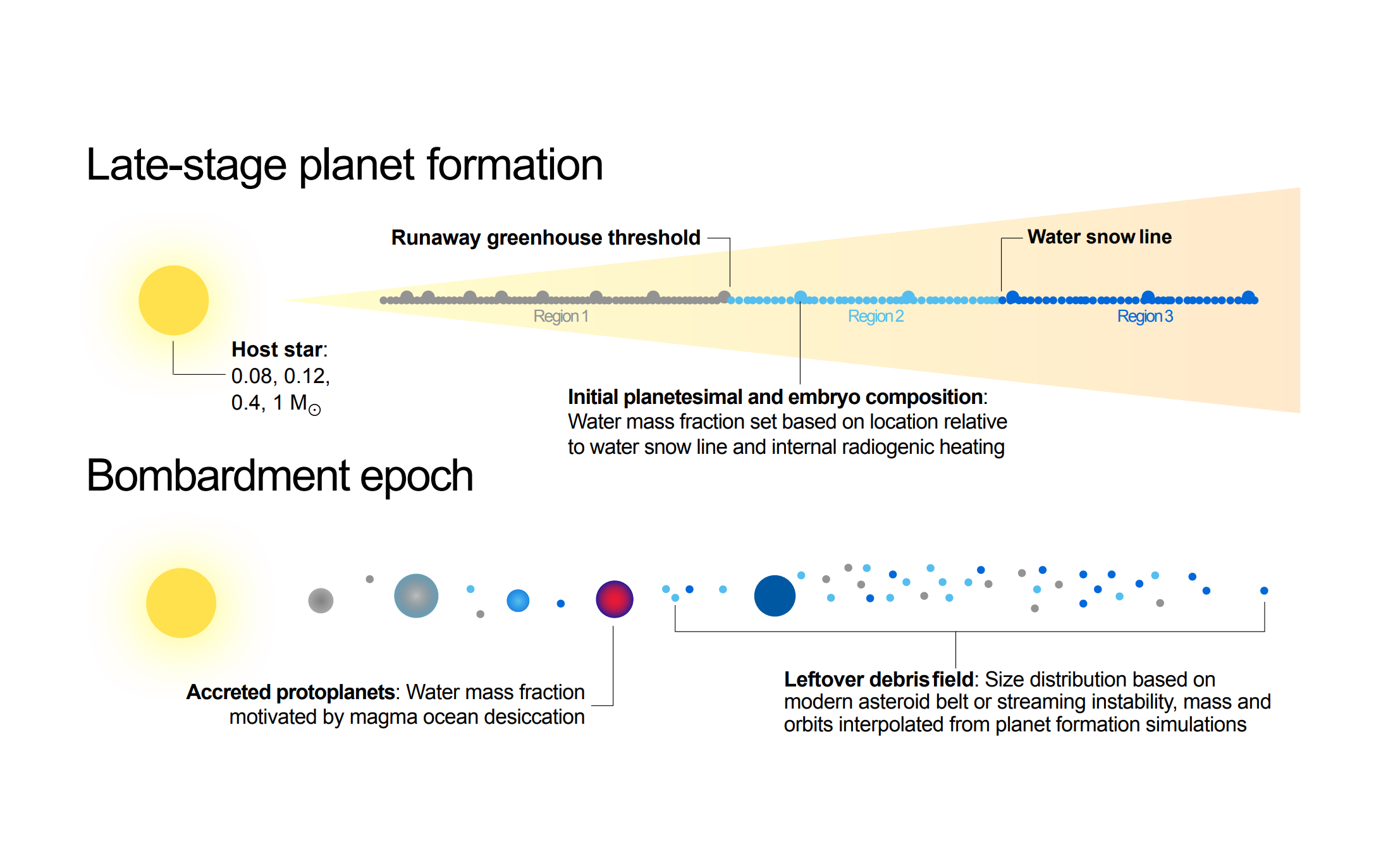
Ocean-vaporizing impacts of chemically reduced planetesimals onto the early Earth have been suggested to catalyse atmospheric production of reduced nitrogen compounds and trigger prebiotic synthesis despite an oxidized lithosphere.
While geochemical evidence supports a dry, highly reduced late veneer on Earth, the composition of late-impacting debris around lower-mass stars is subject to variable volatile loss as a result of their hosts’ extended pre-main sequence phase. We perform simulations of late-stage planet formation across the M-dwarf mass spectrum to derive upper limits on reducing bombardment epochs in Hadean analog environments.
We contrast the Solar System scenario with varying initial volatile distributions due to extended primordial runaway greenhouse phases on protoplanets and desiccation of smaller planetesimals by internal radiogenic heating.
We find a decreasing rate of late-accreting reducing impacts with decreasing stellar mass. Young planets around stars ≤ 0.4 M⊙ experience no impacts of sufficient mass to generate prebiotically relevant concentrations of reduced atmospheric compounds once their stars have reached the main sequence.
For M-dwarf planets to not exceed Earth-like concentrations of volatiles, both planetesimals and larger protoplanets must undergo extensive devolatilization processes and can typically emerge from long-lived magma ocean phases with sufficient atmophile content to outgas secondary atmospheres. Our results suggest that transiently reducing surface conditions on young rocky exoplanets are favoured around FGK- stellar types relative to M-dwarfs.
Tim Lichtenberg, Matthew S. Clement
Comments: 17 pages, 3 figures, 1 table; accepted for publication in ApJL
Subjects: Earth and Planetary Astrophysics (astro-ph.EP); Geophysics (physics.geo-ph)
Cite as: arXiv:2209.14037 [astro-ph.EP] (or arXiv:2209.14037v1 [astro-ph.EP] for this version)
Submission history
From: Tim Lichtenberg
[v1] Tue, 27 Sep 2022 14:25:48 UTC (595 KB)
https://arxiv.org/abs/2209.14037
Astrobiology


